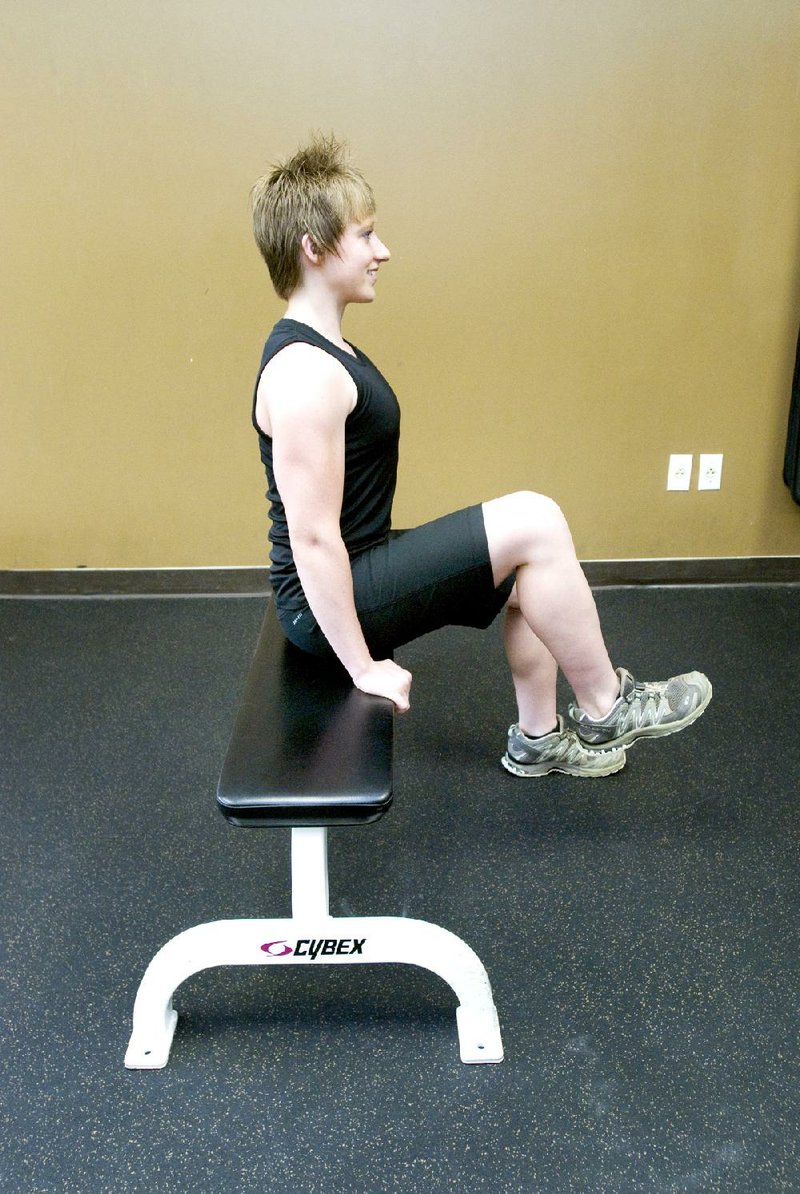LITTLE ROCK — Frankly, fitness programs and exercise equipment tend to address the eight major muscle groups on each side of the torso, arms and legs. While these muscle groups are certainly the largest, many tiny support muscles are also involved in the musculoskeletal system. This week, I want to discuss one of the most important, yet unknown muscles in the body. I’ll also present an exercise designed to strengthen this key muscle with one simple movement.
The musculoskeletal system works in harmony to create human movement, which requires lots of simultaneous muscle contractions. As we go through life, our daily activity patterns require us to perform many of the same movements repetitively. This can lead to very strong, tight muscles in some areas while leaving others weak and underused.
Today’s technological dependence has predisposed people to what I call “keyboard syndrome.” Keyboard syndrome can be spotted along a range of physical markers within the body, but the small muscles are affected most dramatically. One such muscle is the psoas major, or just psoas.
The psoas is a small muscle connecting the lumbar spine to the femur. Its primary job is hip flexion, which is why it’s so dramatically affected by keyboard syndrome. When seated at a computer, your hips remain in a static flexed position, which forces the psoas to develop inflexibility and weakness over time. The problem lies in the fact that a tight, weak psoas can lead to lumbar compression and chronic lower back pain. Ouch!
Many people exacerbate the problem by performing exercises that contribute to an even tighter psoas, such as the traditional sit-up. Strengthening this muscle without proper stretching and oppositional muscle balance can be even more problematic than not exercising the muscle at all.
The key is to include strengthening and stretching exercises for the psoas, thereby making your overall program more comprehensive. It will also decrease your risk for lower back pain.
This week’s exercise, psoas lifts, is a great option for strengthening the muscle, but be sure to include hip flexor stretches after you perform this one.
Sit on the edge of an exercise bench with your feet on the floor and your knees at 90 degrees.
Your hands are simply resting on the edge of the bench for balance. Sit up with very good posture.
From this position, lift the right knee up as high as you can. Pause for a second, then slowly lower it back to the floor.
Repeat with the same leg for 12 repetitions. Switch legs and repeat.
As you can see from this movement, it looks a lot like someone seated at a keyboard. This means you could perform this exercise throughout the day while at work. To stretch the psoas, get into a lunge position with one knee on the floor and lean forward on your front foot. You should feel the hip stretch on the side with the knee down. Hold these stretches for 20 seconds on each side to keep your psoas flexible and healthy.
Matt Parrott has a doctorate in education (sport studies), a master’s in kinesiology and is certified by the American College of Sports Medicine.
ActiveStyle, Pages 28 on 07/23/2012
